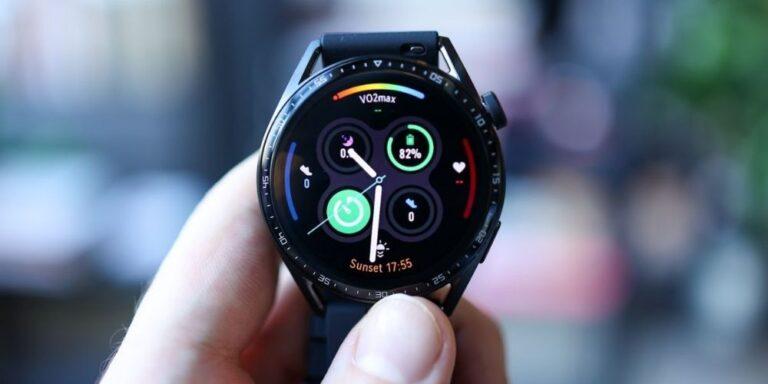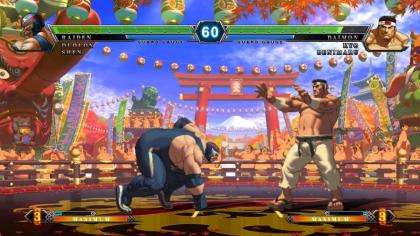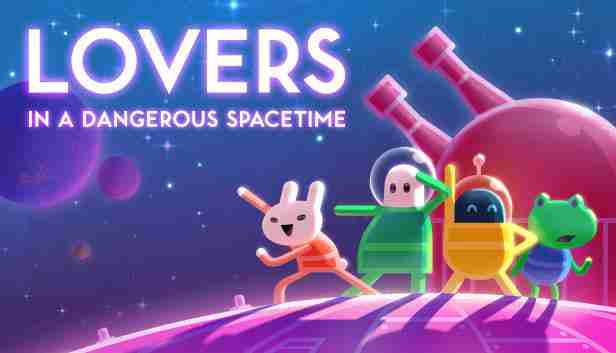How Hideo Kojima created the characters of Metal Gear
The Metal Gear franchise stands out from other video games because of its cinematic storytelling, expansive narrative, and allegorical metaphors for the real world. It’s a zany, complex miasma of espionage, intrigue, triple-agents, secrets, plot twists, and over-the-top drama and action sequences (many of which were inspired by Hollywood movies), wherein gameplay gets steadily stronger as the series progresses to more recent titles. While the tactical espionage game is itself clever and fun, the other side of the coin is the plot and characters.
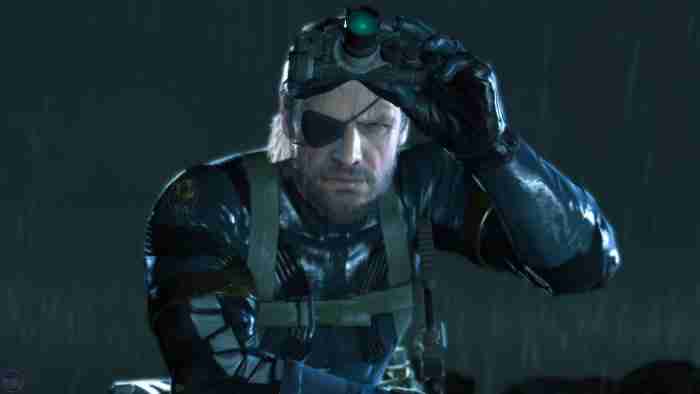
The mind behind the series is Hideo Kojima , a now-55-year-old man who studied economics at a university and got into gaming around the same time. His peers were surprised when he announced his intent to get into the gaming industry; Kojima had previously expressed an interest in directing film . He brought his love of film to gaming, and the result was one of the most detailed and cinematic series to ever land. With the exception of the 2004 Metal Gear Solid: The Twin Snakes , Kojima wrote, directed, and designed every game in the Metal Gear series, from the 1987 Metal Gear all the way to 2015’s The Phantom Pain.

Inspirations
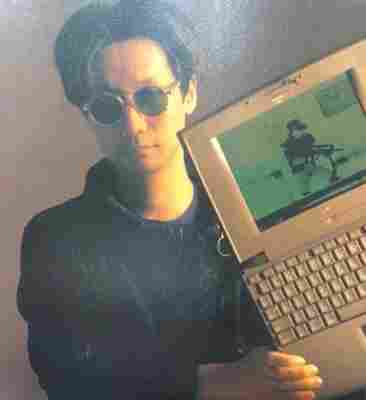
Kojima’s early literary influences range from Kobo Abe, Ryu Murakami, and Yukio Mishima, to Americans such as Richard Levinson, William Link, and Paul Auster. He was especially entranced by American films such as John McTiernan’s 1987 “Predator” (just look at the environment for Metal Gear Solid 3 ), Terence Young’s 1962 “ Dr. No ,” (check out the soundtrack for the same game ), and especially John Carpenter’s 1981 “ Escape from New York .” “Escape from New York” starred Kurt Russell as a grizzled eyepatch-wearing action hero whose name was even ‘Snake.’
Kojima and Carpenter were friendly acquaintances, and when Kojima expressed an interest in making a video game protagonist based off Carpenter’s own, Carpenter had no problem with it, even quelling talk of copyright infringement. “I told them not to do that,” Carpenter told the irate lawyers, “I know the director of these games, and he’s a nice guy, or at least he’s nice to me.”
While Kojima was a huge fan of American film, he wasn’t as big of a fan of western gaming. “Western video game designers, they’re the ones with the interesting technologies,” said Kojima in an interview . “They know how to use the hardware and they are very imaginative. And they are artistic. But sometimes, because they are so artistic, they forget what games should feel like , that games need to feel right and they need to play well.”
For Kojima, a big consideration for his characters was that while they can live, breathe, and behave like people, they’re also living in a video game meant to be played by a wide demographic. “It’s like serving food in a restaurant,” he said; “you need to be sensitive to the customer. You need to be nice and providing service. Maybe that was lacking in the western games, and that was what [Shigeru] Miyamoto was so great at doing.”
Collaboration with Yoji Shinkawa
Kojima began working with Japanese artist Yoji Shinkawa as early as 1994 on “Policenauts.” Over the years, the two spearheaded the design of Metal Gear’s characters, working in close collaboration to achieve an image they both felt proud of. “I come up with the setting and convey the character’s name, age, habits, background, and language to Yoji,” Kojima said of the process. “Then he creates the designs based on that info, and I check them and give him feedback. His booth is right next to mine, so we’re constantly communicating with each other.”
Kojima would draw inspiration and put ideas together ( sometimes even from other members of the dev team ) for both gameplay and character design, then he would hand the wheel over to Shinkawa to turn the ideas into a tangible visual design. “Once the basic design takes shape, I then leave things in his hands and check back when the model is done. Generally, we’re constantly moving in tandem – checking, verifying, and discussing designs at each and every phase.”
Snake
“In all games, you have Snake. He’s not only my favorite character, he’s the one that’s closest to me,” said Kojima . “By always having Snake in every game, his background slowly develops over time. I kind of relate that to myself growing up.” Of all the characters in the saga, Snake is the one thread that ties it all together.
Astute fans will point out that while every protagonist (except for Raiden ) is named ‘Snake,’ there are actually two protagonists with the same title: Snake ( Big Boss ), and Solid Snake. This point actually illustrates Kojima’s point even better; there are many elements to a person’s actual personality, and as Kojima (and the players) grew older, the degree to which they can relate to a character becomes strained. As a result, the original Big Boss was both the hero and the villain of the series.
The first Snake
Kojima and Shinkawa actually disagreed on how Snake should look and feel in the original Metal Gear Solid. “I asked Shinkawa to create an older, hard-boiled, dandy character, but he said it’s better to have a younger character,” Kojima recalls . “So Solid Snake became about 20 to 40. I asked him to make the character nimble and muscular, with the body like a Van Damme. The result came out to be the one you will see in the game. He has to perform espionage, so I wanted the character to be like a cat but still have a strong presence.”
As for his personality, Kojima originally intended for Snake to be a blank slate. “While he started with no background, over 20 years, that personality has been slowly fulfilled. While this is a character that I created, recently I feel like he has developed his own personality, and established his own background,” he said in an interview .
What makes this sentiment so true is that not only have the events of the series molded and changed Snake throughout the games, but they’ve also brought the player through the same growth. By having a blank slate slowly grow richer with experiences and relationships, the player evolves alongside him, gradually learning who he is and relating to him more and more. This way his character is slowly filled as the player intertwines his own experience with Snake’s.
By Metal Gear Solid 2, Kojima realized a dilemma: He wanted to give more personality to Snake, but given the lack of control he had over the player’s decisions, felt it would be very difficult. “I wanted to give depth to the Snake character, which is very hard to do when the player is playing Snake himself,” said Kojima . “I got the idea of distancing the viewer from Snake to provide a more objective view of him. Thanks to this system, Snake grows in stature. When you play Raiden [in MGS 2], who is only a beginner, and then encounter Snake he suddenly seems more impressive.”
Raiden
While the fan response to Snake (both Big Boss and Solid Snake) was generally positive, critics were less excited about the surprise MGS 2 protagonist, Raiden. Kojima knew the character was a risk, but strongly felt it was a necessary one. “I put my career on the line with Raiden!” he said. “I did it to entertain people, by totally destroying what I had built up, earned and achieved with MGS 1. I really wanted people to be amused by that, but they started bashing him and I guess I wasn’t happy.”
What made Raiden more interesting, however, was not so much the character, but his relationship with Solid Snake. As you might expect, that relationship was also inspired by movies.
One of the biggest inspirations for Snake and Raiden actually came from Godzilla and King Kong . Solid Snake was supposed to be a metaphor for Godzilla – the resulting product of man and science. Raiden, on the other hand, was closer to King Kong – lured by a woman, captured by a greedy villain ( Solidus in MGS 2), and taken to the city. Kojima explained that the parallel continues at the game’s end, when Solid Snake frees Raiden, and he’s allowed to return from whence he came. Snake, on the other hand (still going by the Godzilla metaphor) cannot be at peace as long as Cipher and Metal Gear exist.
Otacon
“ Otacon’s presence is very big for me too,” said Kojima of the wimpier engineer/mechanic from earlier Metal Gear games. “Otacon is not a heroic character; he doesn’t fight, he has no courage, he constantly gets rejected by women. But I think he has a very important role in the Metal Gear Solid series because of all that.”
Otacon was meant to serve as a foil to the glamorous and gritty spy turned war hero, Snake. “I am guessing that most people playing Metal Gear Solid are a lot closer to Otacon,” Kojima said wryly, “but through their actions, they feel they assume the role of Snake. By placing Otacon between the player and Snake, I think this adds a lot of depth to the game. That’s why I try to consistently push Otacon into being an important part of the story.”
Women in MGS
One of the biggest points of contention in Metal Gear is its portrayal of female characters, who are nearly always overtly sexualized and sometimes even physically harassed on-screen . Perhaps most controversial is Quiet , the scantily-clad sniper in The Phantom Pain. Kojima made an attempt to argue the reason for her design , but it doesn’t hold much water, even with other game development teams.
Industry full of man babies. Ugh.
— David Ellis (@DavidEllis) September 6, 2013
There may not be much defense for a character like Quiet, but that’s not to say that all women in the Metal Gear are there just for the visual enjoyment of the male nerd demographic. Indeed, some of Metal Gear’s most powerful characters are women , namely The Boss , the antagonist and mentor of Snake in MGS 3 who schools him in virtually every way. Other characters like the deadly Sniper Wolf , the capable spy Eva , or the motherly Para-Medic are further examples. Is there blatant sexualizing of the female characters in MGS? Yes. Is this the case with every character? No.
Snake in Phantom Pain
As times change, so too must Kojima’s character design. The first Metal Gear game came out 31 years ago, and since then Snake has evolved and gone through several different incarnations. When Kojima was asked what, to him, was the ideal representation of Snake, his response was immediate: “Snake is and has always been nothing more than an extension of the player.” If you’ve played The Phantom Pain you may have noticed some pretty big character departures when comparing him to Snake during Peace Walker or Snake Eater.
The decision was a conscious choice, an attempt to return Snake to that blank slate that he started as, as the character slowly grows into the villain of the mid-series. A mostly silent protagonist (a la Mad Max in “Mad Max 2,” Master Chief in Halo , or Karl Fairburne in Sniper Elite ) was agreed upon to thin the line between player and character in an effort of creating a more immersive narration. It’s weaning the series narrative away from Snake and pushing it more towards the world and supporting cast who will soon step into the spotlight. After the events of The Phantom Pain “it’s the characters around [Snake] who will expand the story,” says Kojima.
How Stan Lee created Marvel’s complex characters
Who’s your favorite Metal Gear character? Let us know in the comments below, and stay tuned with Softonic for more character analysis, and the latest in gaming news.


